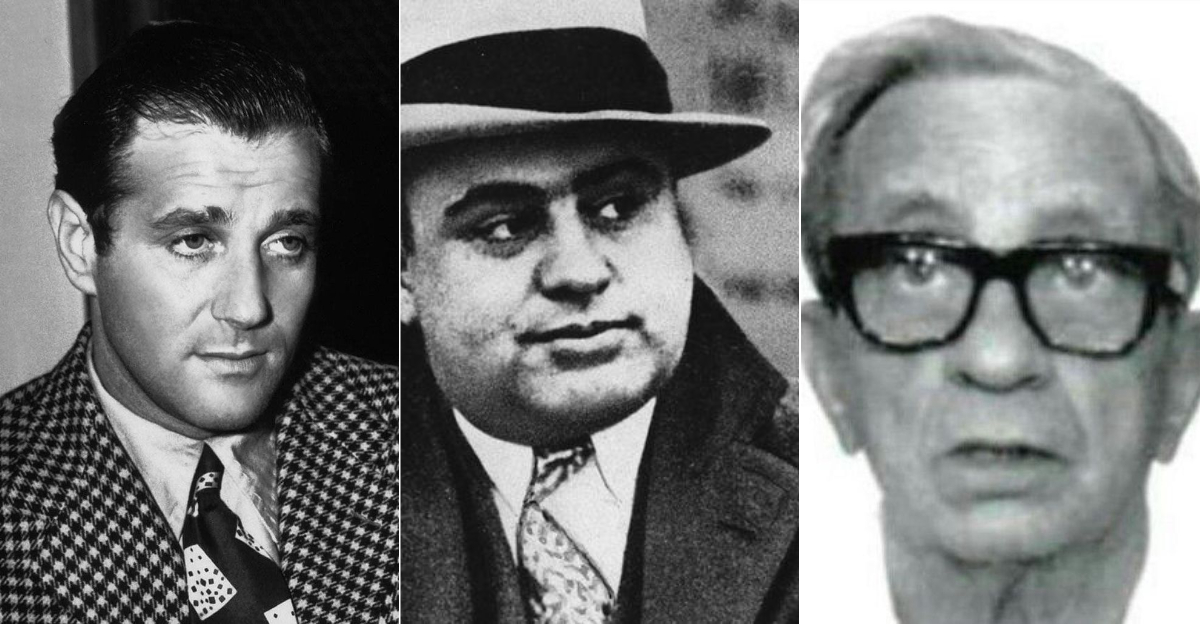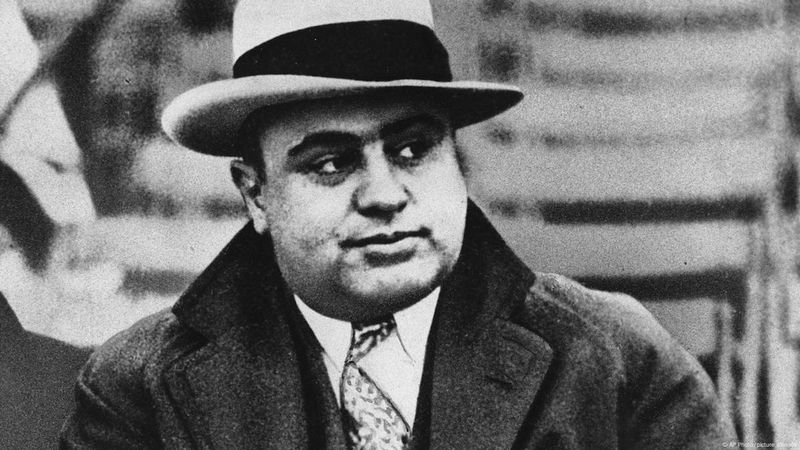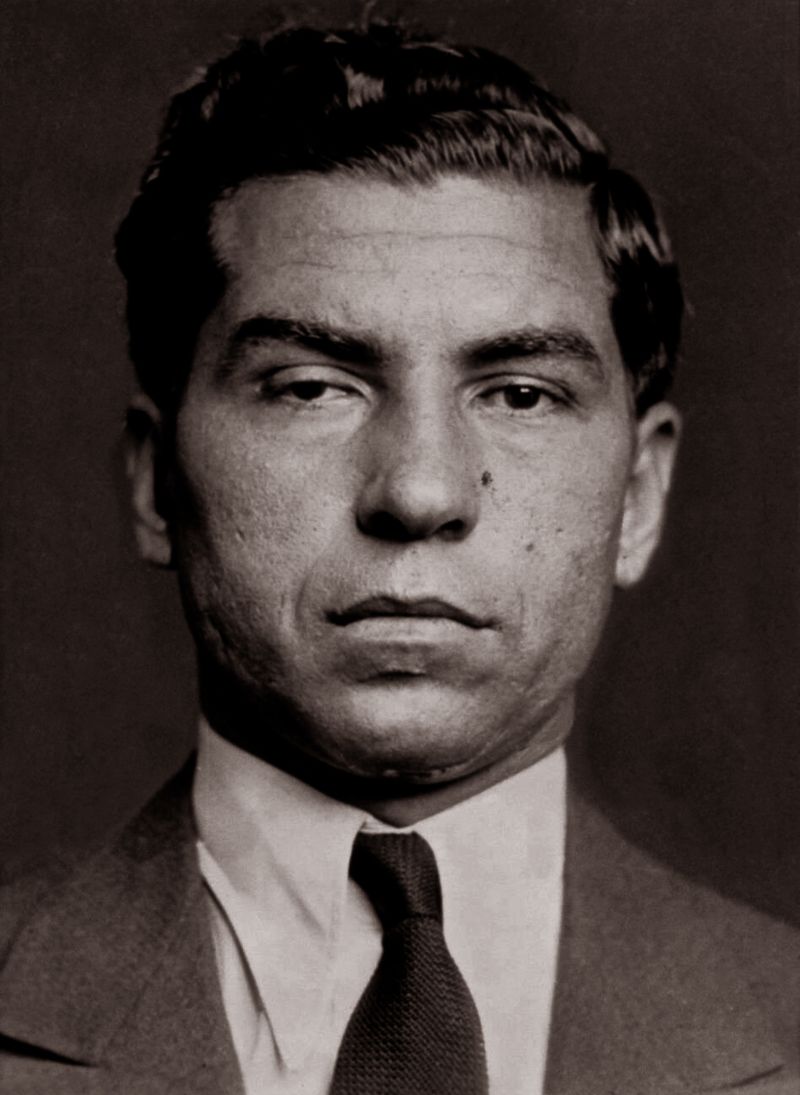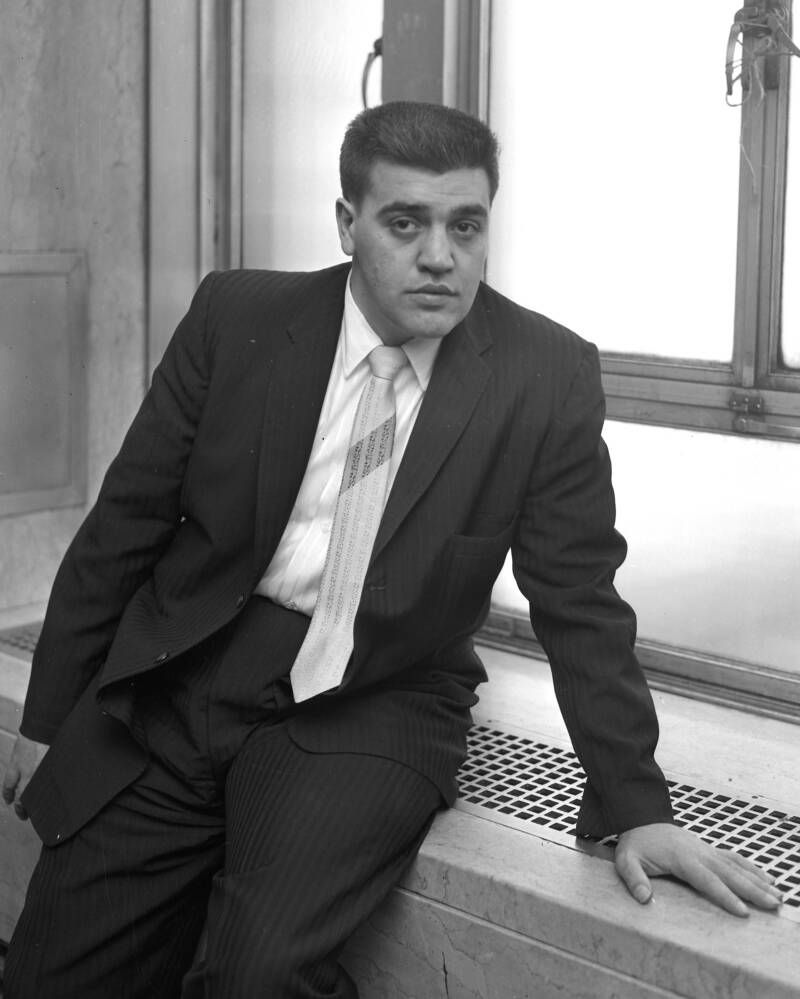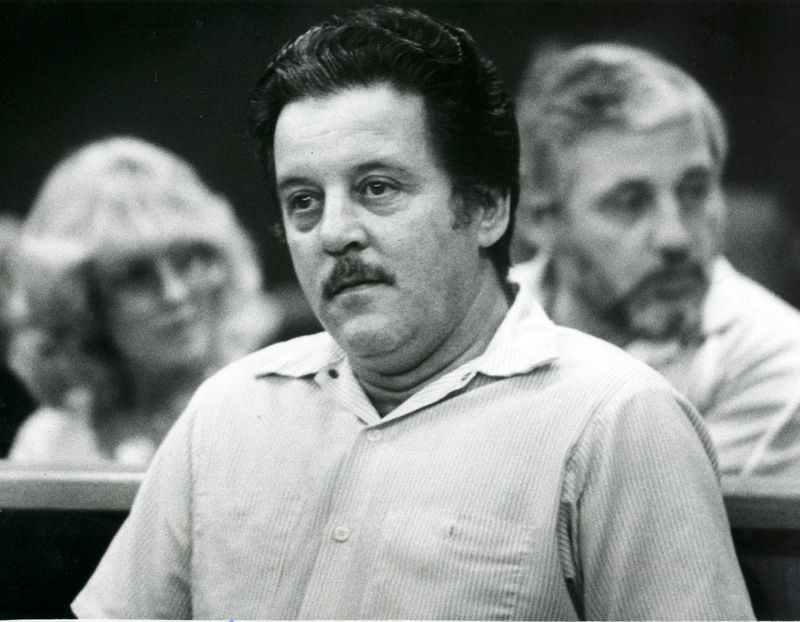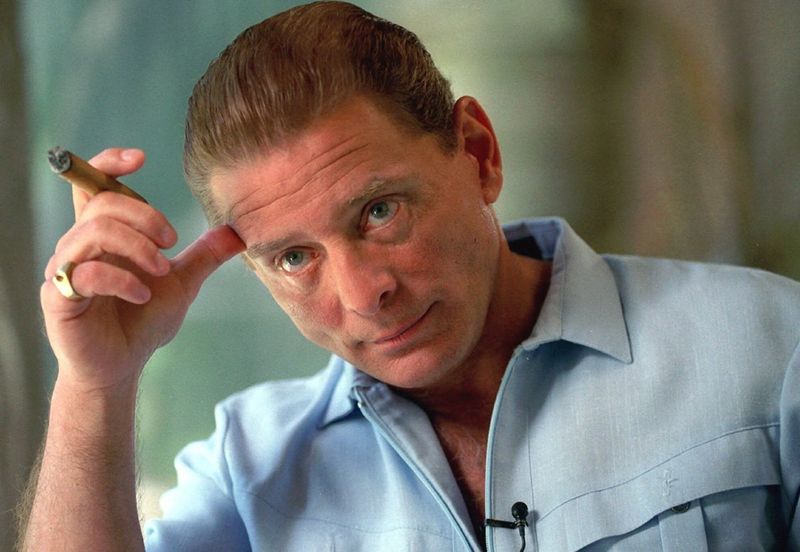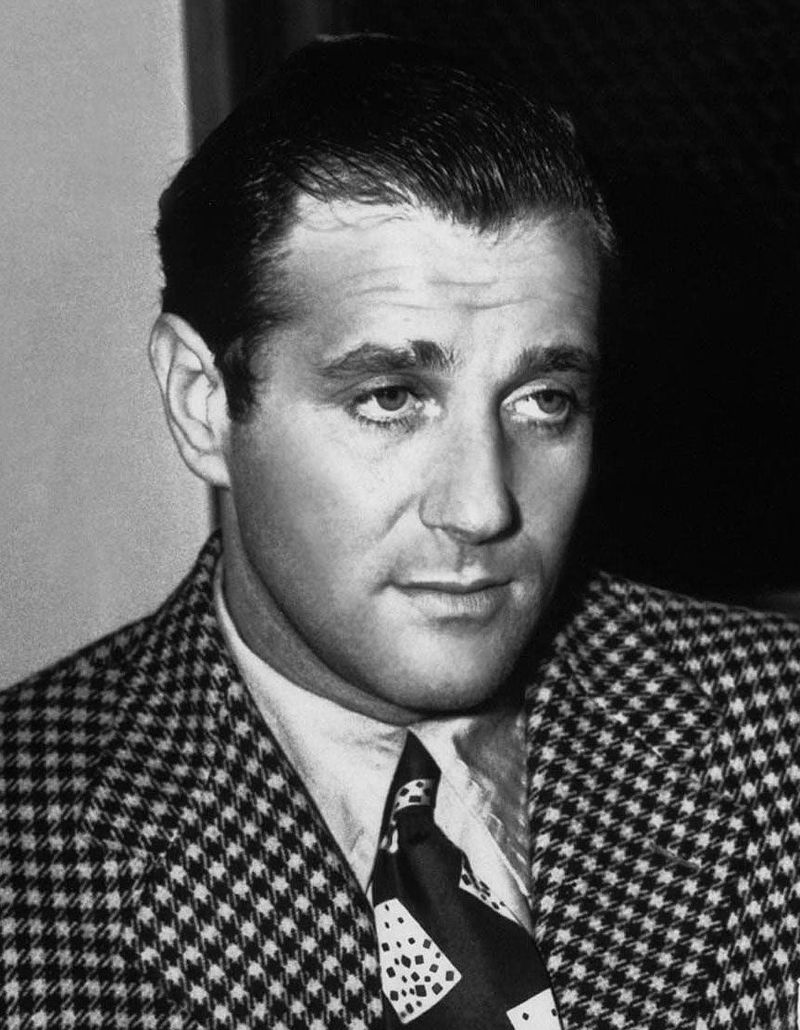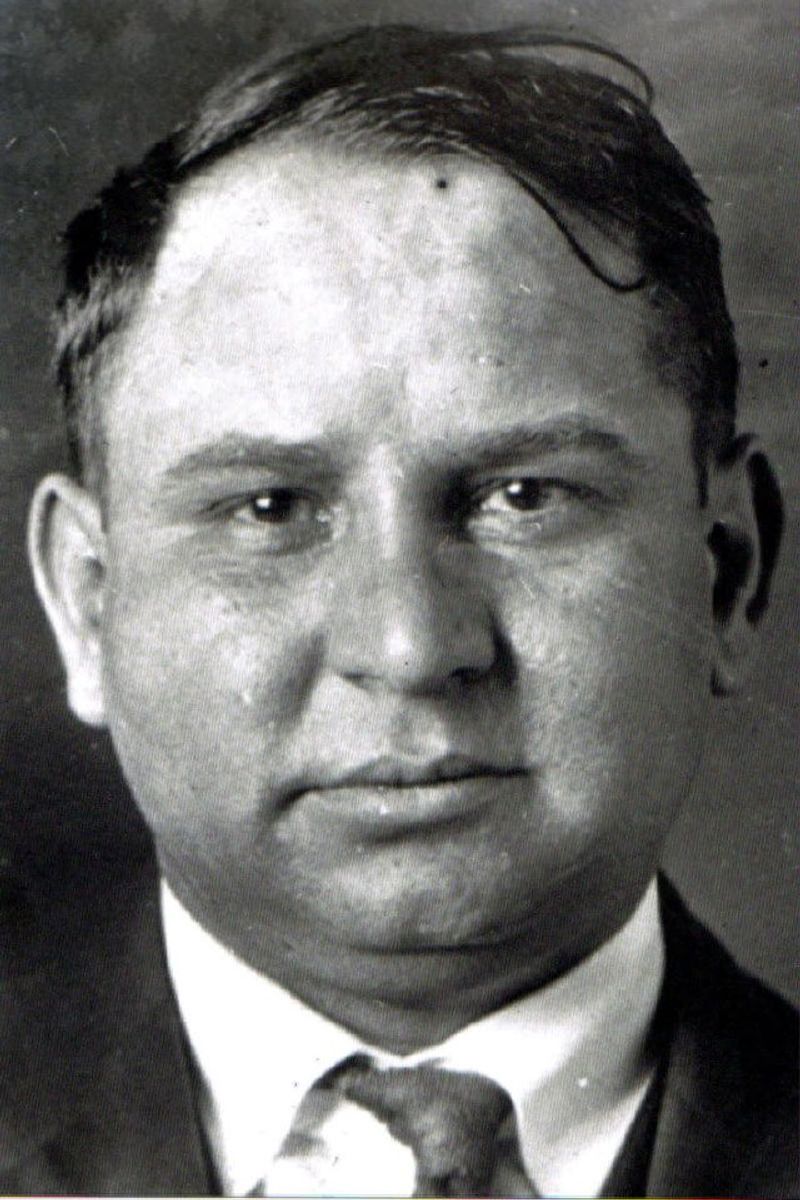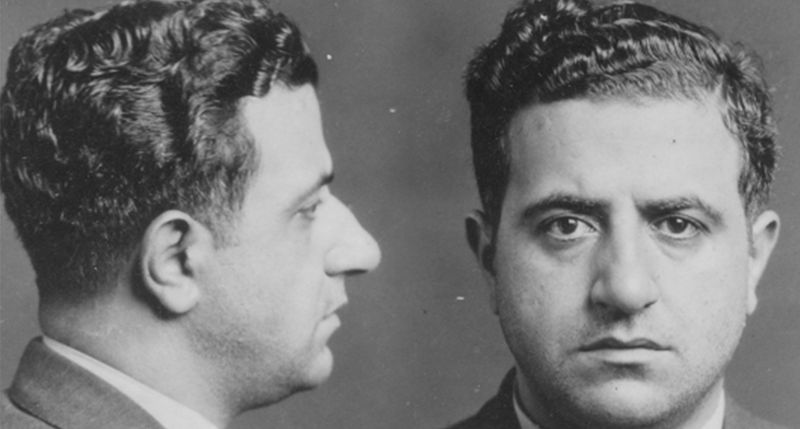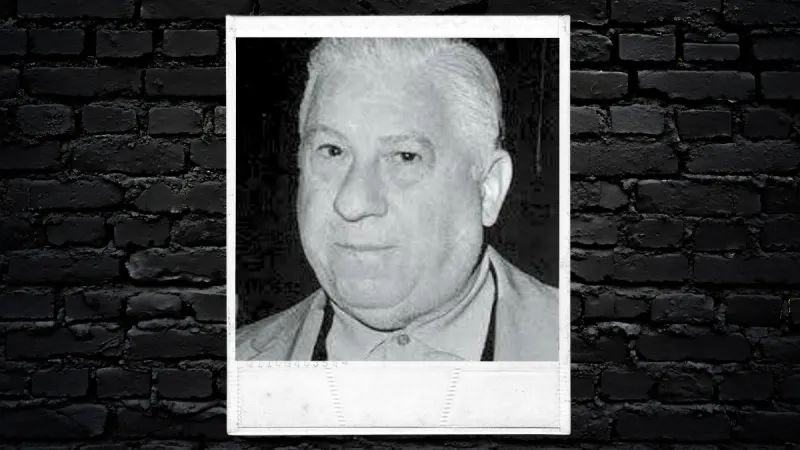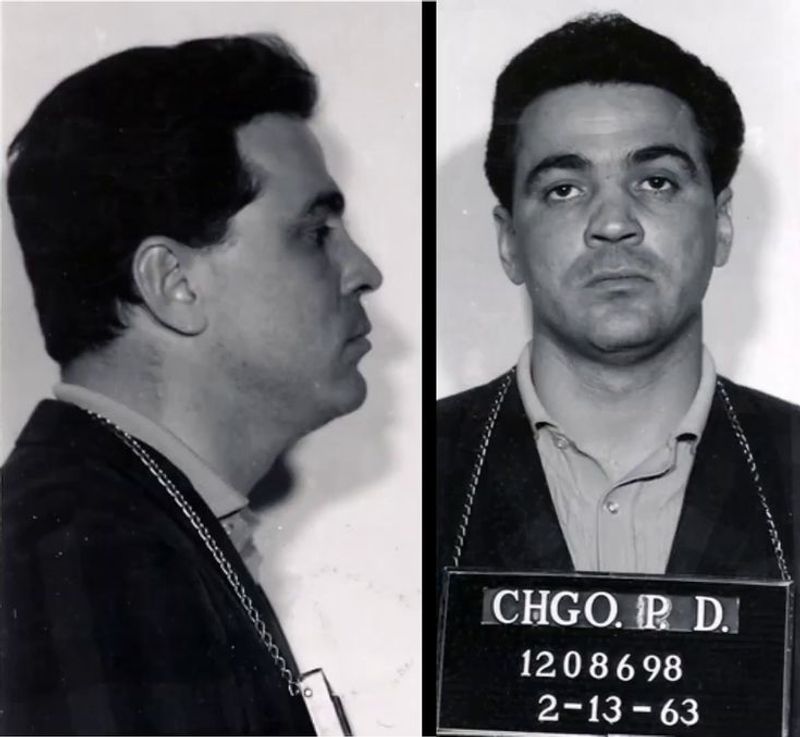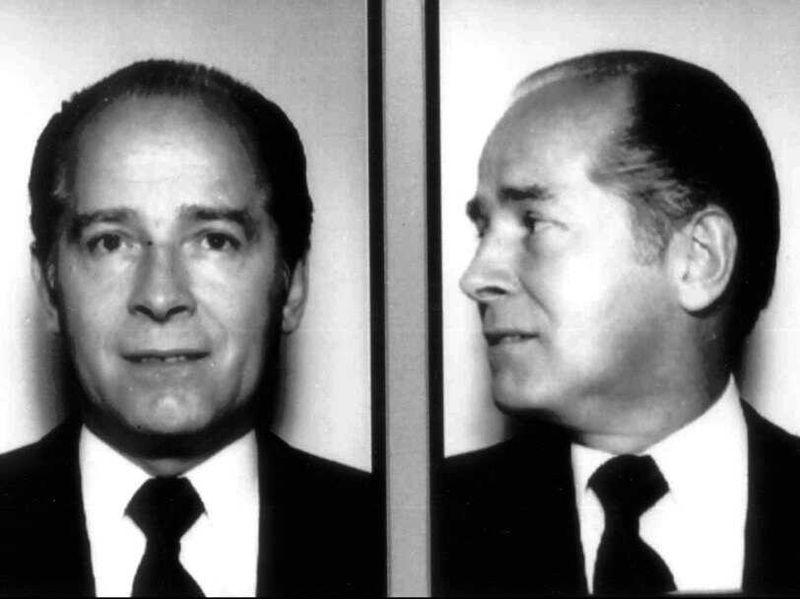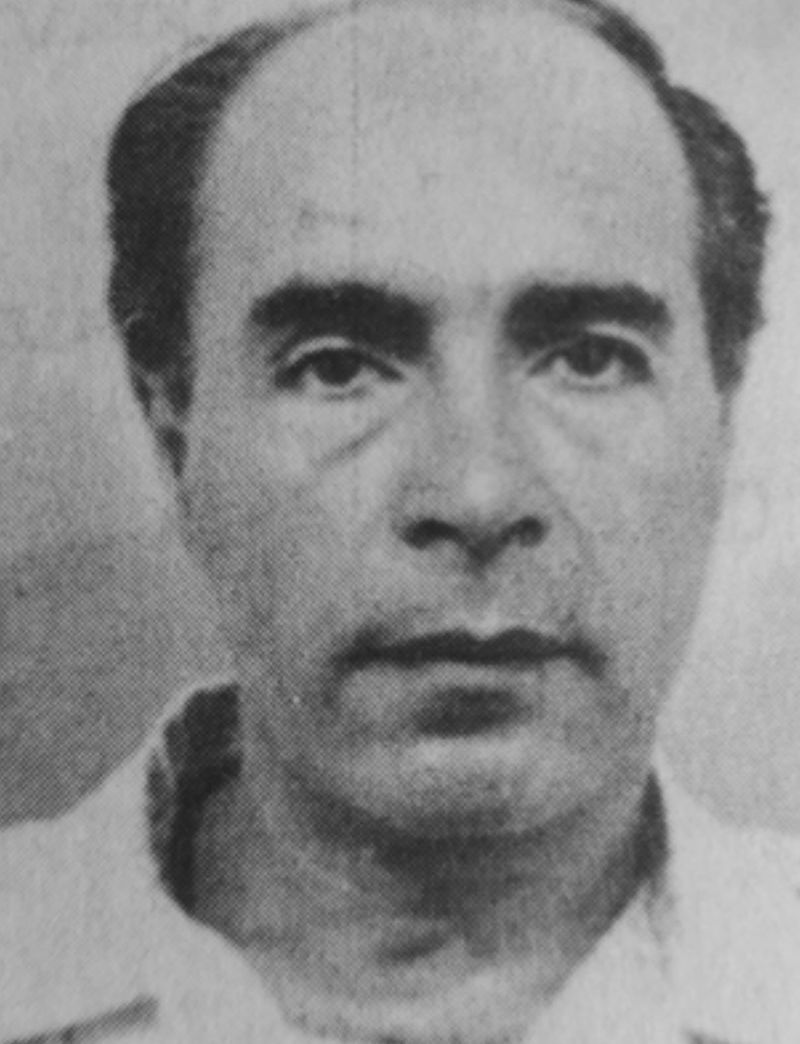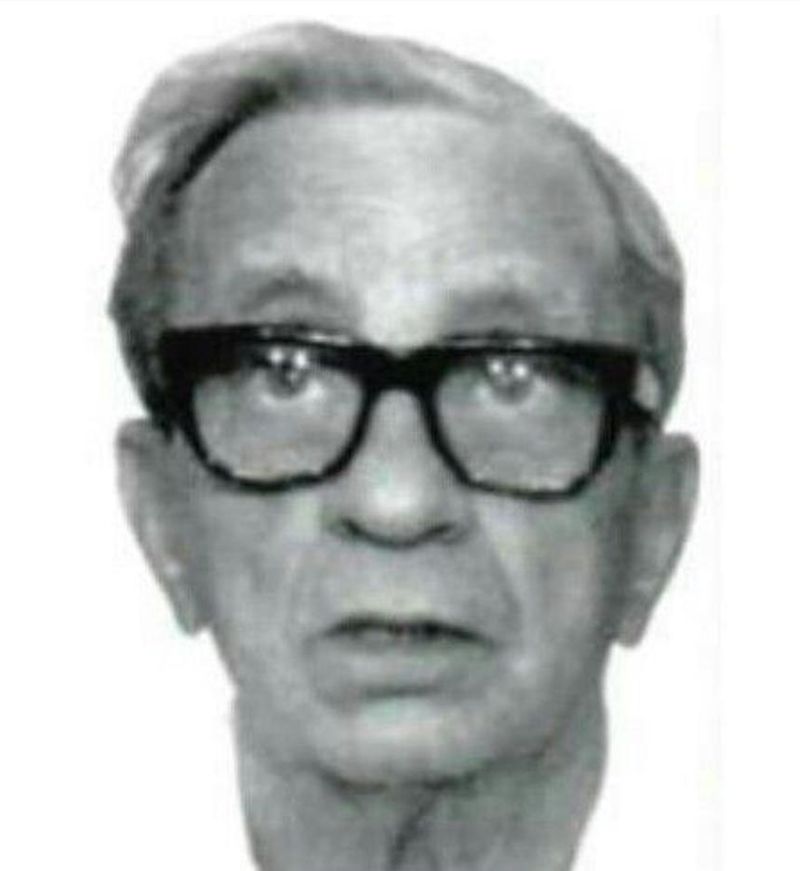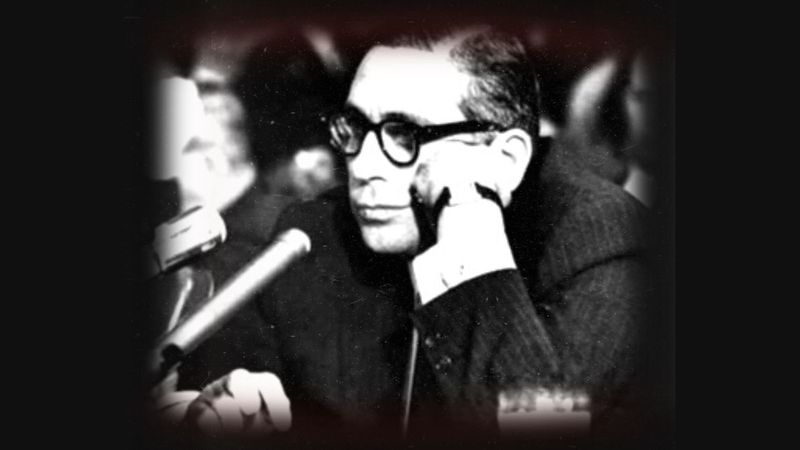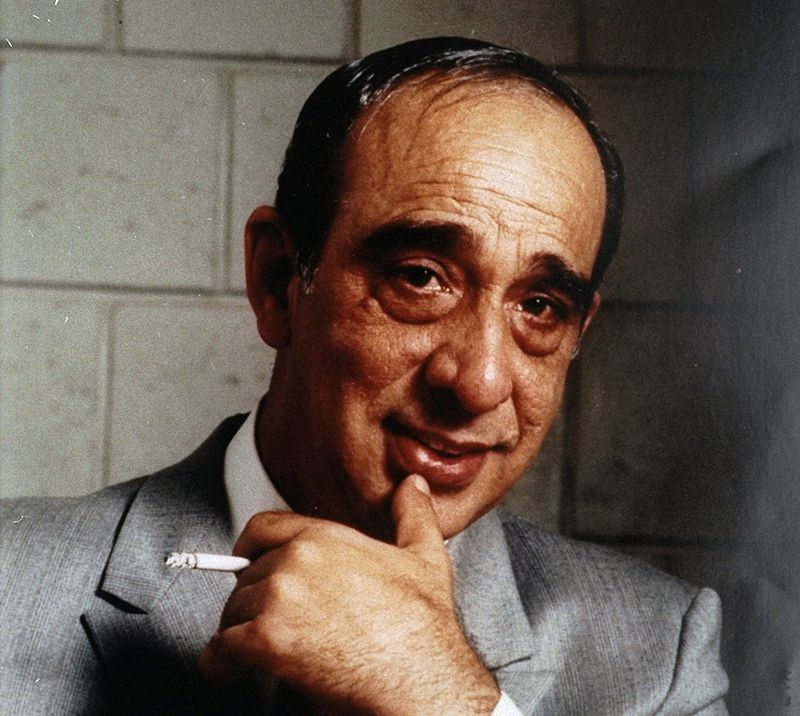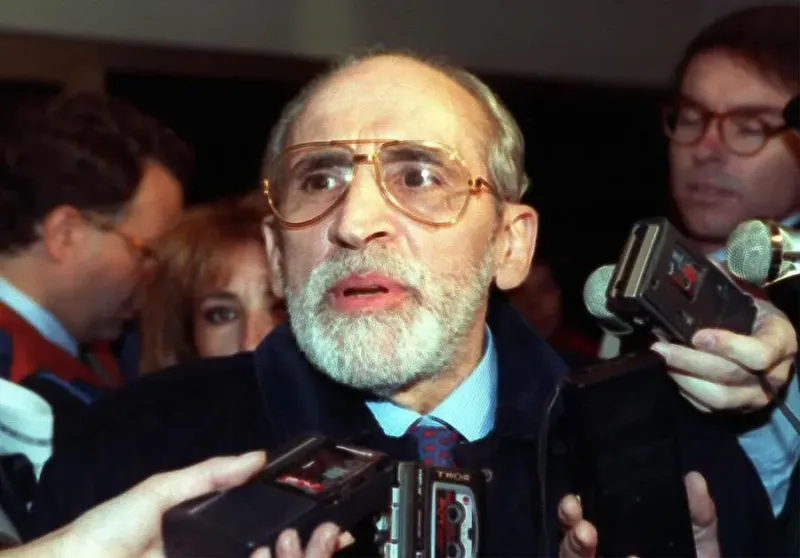In the world of organized crime, a nickname can be as infamous as the person who bears it. These aliases often reflect the unique traits, stories, or notorious deeds of mobsters, encapsulating their larger-than-life personalities in a few words. From brutal insults to playful monikers, each nickname carries a legacy that echoes through the annals of crime history. This blog post delves into the intriguing origins of 17 such nicknames, each with its own story to tell.
1. Al “Scarface” Capone
In the gritty streets of Chicago, Al Capone’s name struck fear. But it was a youthful misstep that etched “Scarface” into his legacy. As a young bouncer, Capone’s crude remark to a woman led to a retaliatory knife attack by her brother, leaving three deep scars. Despite the intimidating nickname, Capone despised it, preferring to be called “Snorky” by his friends. The media, however, loved the dramatic flair of “Scarface,” and it stuck, forever linking him with his violent world. Capone’s scars, both literal and metaphorical, symbolize the harsh realities of his life in crime.
2. Charles “Lucky” Luciano
Charles Luciano, a man whose fortunes seemed touched by fate, earned “Lucky” after a miraculous survival. In 1929, rival gangsters brutally attacked him, leaving him with numerous stab wounds and a slit throat. Against all odds, Luciano survived, his tenacity earning him notoriety. The moniker “Lucky” became synonymous with his near-mythical resilience and strategic mind. Despite the violent world surrounding him, Luciano’s cool demeanor and cunning plans made him a pivotal figure in organized crime. His ability to endure and thrive only solidified his legendary status as “Lucky” Luciano.
3. Joseph “Joe Bananas” Bonanno
Joseph Bonanno’s nickname “Joe Bananas” evokes images of sunny plantations and chaotic antics. While some say it originated from his ownership of banana plantations in Cuba, others suggest his unpredictable behavior led to the playful moniker. Known for his strategic mind and strong family ties, Bonanno’s nickname added a twist of humor to his otherwise serious persona. The contrast between the light-hearted nickname and his influential mob role highlights the dual nature of his life. “Joe Bananas” remains a testament to his multifaceted character, balancing familial devotion with criminal ambition.
4. Vincent “The Chin” Gigante
Vincent Gigante, affectionately called “The Chin,” was a man of mystery and contradictions. Initially coined by his mother as “Chinzy,” the nickname evolved as Gigante rose in mob ranks. His infamous insanity act, wandering in a bathrobe, earned him another nickname: “The Oddfather.” This bizarre spectacle masked his sharp criminal mind. The nickname “The Chin” became emblematic of his dual existence—part eccentric, part mastermind. Gigante’s ability to blend absurdity with ruthlessness left an indelible mark on the mob world, making him a figure both feared and curiously admired.
5. Anthony “Tony the Ant” Spilotro
Anthony Spilotro, known as “Tony the Ant,” was small in stature but immense in reputation. Standing at just 5’2″, his nickname played on his size and ferocity, likening him to an ant that could topple giants. Spilotro’s violent nature and strategic mind made him a formidable force in the mob world, particularly in Las Vegas. His portrayal as Nicky Santoro in the film “Casino” cemented his infamous legacy. Despite his diminutive build, “Tony the Ant” left a towering impact, his name synonymous with brutality and cunning in the annals of organized crime.
6. Salvatore “Sammy the Bull” Gravano
Salvatore Gravano, known as “Sammy the Bull,” was renowned for his tenacity and fierce loyalty. His nickname, earned as a child for his stubbornness, hinted at a character unyielding as a bull. Gravano’s story took a dramatic turn when he became an informant, trading mob ties for government protection. This pivot showcased a complex persona capable of defying expectations. “Sammy the Bull” embodies the duality of strength and adaptability, illustrating how even the most steadfast figures can undergo profound transformations in the high-stakes world of organized crime.
7. Benjamin “Bugsy” Siegel
Benjamin Siegel, with a temper as explosive as dynamite, earned the nickname “Bugsy” for his unpredictable rage. Colleagues, wary of his outbursts, likened his temperament to being “crazy as a bug.” Despite Siegel’s disdain for the moniker, it encapsulated the volatility and ambition that defined his life. A key player in the development of Las Vegas, Siegel’s vision transformed the desert into a gambling paradise. “Bugsy” remains a testament to his fiery spirit and visionary drive, marking him as both a feared mobster and a pivotal figure in American gaming history.
8. Joseph “Joe the Boss” Masseria
Joseph Masseria, “Joe the Boss,” was a figure of authority and power in New York’s Mafia scene. His straightforward moniker reflected his undisputed leadership until his untimely demise. As the head of the New York Mafia, Masseria’s reign was marked by strategic alliances and ruthless decisions. Despite his formidable status, his reign ended violently in 1931, orchestrated by none other than “Lucky” Luciano. “Joe the Boss” remains a symbol of the volatile power struggles within organized crime, a reminder of how quickly tides can turn in the criminal underworld.
9. Albert “The Mad Hatter” Anastasia
Albert Anastasia, dubbed “The Mad Hatter,” was as notorious for his temper as he was for his hat business. The nickname fused his entrepreneurial side with his infamous violent streak. Anastasia’s role in founding Murder, Inc. underscored his fearsome reputation, while his ownership of a hat shop added a quirky twist to his formidable persona. “The Mad Hatter” captures the duality of Anastasia’s life, blending commerce with brutality. His legacy endures as a reminder of the unpredictable and multifaceted nature of those who navigated the dangerous world of organized crime.
10. Angelo “Gyp the Blood” DeCarlo
Angelo DeCarlo, infamously known as “Gyp the Blood,” was a mobster whose nickname hinted at his ruthless nature. “Gyp” implied deceit, while “the Blood” alluded to his violent penchant. DeCarlo’s reputation for cunning and brutality was well-earned, making him a feared figure in the underworld. His moniker encapsulated the essence of his criminal dealings, painting a vivid picture of danger and treachery. “Gyp the Blood” remains an emblem of DeCarlo’s legacy, a testament to the darker, more ferocious side of mob life that characterized his reign.
11. Frank “The German” Schweihs
Frank Schweihs, known as “The German,” was a feared enforcer whose nickname reflected his heritage. Despite its simplicity, the moniker belied the terror he inspired within the criminal world. Schweihs’s reputation as a ruthless enforcer for the Chicago Outfit made him infamous, his German roots adding a layer of intimidation. His ability to instill fear through sheer presence was legendary, making “The German” a name that resonated with dread. Schweihs’s legacy remains a chilling reminder of the ferocity that characterized those who thrived in organized crime’s shadowy realms.
12. James “Whitey” Bulger
James Bulger, often called “Whitey,” was a dark figure shrouded in infamy. His nickname originated from his platinum-blond hair during childhood, a stark contrast to his later life. Bulger’s reign in Boston’s underworld was marked by corruption and brutality, his actions casting a long shadow over the city. Despite his seemingly innocuous nickname, “Whitey” became synonymous with one of America’s most notorious criminals. Bulger’s story is one of transformation from a neighborhood kid to a feared mob boss, his legacy forever etched in the annals of crime history.
13. Harry “The Hunchback” Riccobene
Harry Riccobene, known as “The Hunchback,” was a formidable Philadelphia mobster despite his distinctive appearance. His nickname referenced his noticeable spinal curvature, yet it hardly hindered his influence and fearsome reputation. Riccobene’s intelligence and strategic prowess made him a respected figure in the criminal underworld. The moniker “The Hunchback” became synonymous with his cunning and adaptability, underscoring the idea that physical appearance doesn’t define one’s capabilities. Riccobene’s legacy remains a testament to his strategic mind and the respect he commanded in mob circles.
14. Joseph “Piney” Armone
Joseph Armone, affectionately called “Piney,” was identified by his distinct facial features. His nickname, derived from his rough, pockmarked face resembling a pineapple, belied a sharp and strategic mind. Armone’s influence within the Gambino crime family was significant, his appearance adding a memorable twist to his persona. “Piney” encapsulates the juxtaposition of his rugged exterior and calculated interior, making him a notable figure in organized crime. Armone’s story is one of reputation and resilience, his nickname serving as a quirky yet intimidating badge of his mob legacy.
15. Anthony “Tony Ducks” Corallo
Anthony Corallo, widely known as “Tony Ducks,” earned his nickname for his remarkable ability to evade legal trouble. For years, Corallo deftly “ducked” indictments, maintaining his position within organized crime’s hierarchy. His nickname became synonymous with his skillful manipulation of the justice system, highlighting his cunning and strategic prowess. Despite his eventual conviction in the 1980s, “Tony Ducks” remains a symbol of agility and resilience in the face of legal challenges. Corallo’s story is a testament to his cleverness and the tenacious spirit that defined his criminal career.
16. Carmine “The Snake” Persico
Carmine Persico, famously dubbed “The Snake,” was known for his cunning and treacherous tactics. His nickname, earned through his sly and deceptive nature, painted a vivid picture of his approach to power and control. Persico’s ability to strike unexpectedly, like a serpent, solidified his reputation as a formidable force in organized crime. His strategic maneuvers and unyielding ambition made him a key player in mob circles. “The Snake” became an emblem of Persico’s legacy, highlighting his role as a master tactician in the shadowy world of crime.
17. Vito “Chicken Man” Ciancimino
Vito Ciancimino, known as “Chicken Man,” started his journey in a poultry shop before making his mark in organized crime. The nickname, referencing his early work with chickens, added a whimsical touch to his feared persona. Despite its lighthearted origin, “Chicken Man” became synonymous with Ciancimino’s strategic mind and influence in the Philadelphia mob scene. His ability to transition from a mundane job to a powerful mob figure underscores his adaptability and ambition. “Chicken Man” remains a testament to Ciancimino’s unique path and the unexpected twists of his criminal career.
